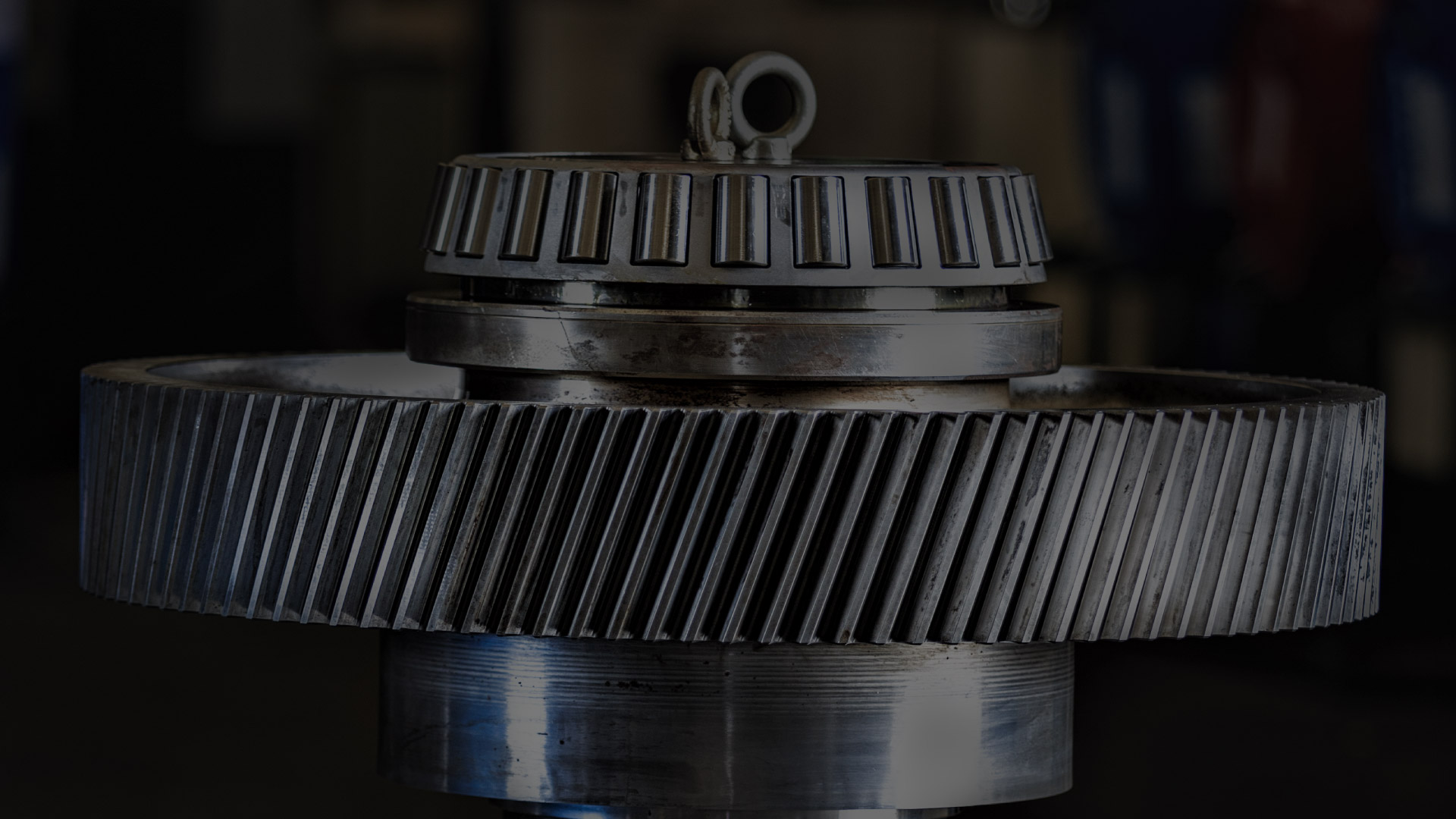
There are many external factors that affect the surface temperature of the gear drive. Examples of these are air velocity, air temperature, humidity, and radiant heating from exposure to sunlight. Because these variables are outside of our control, we do not set limits on the surface temperature of the gear drive.
The lubricant film strength is the most important factor for assuring the longest operational life of the gear drive. Proper film strength assures separation of metal surfaces and prevents premature wear. Since the film strength is determined by the oil temperature, it is the parameter that should be monitored during operation of the gear drive. The lubricant used in our gear drives is selected to provide adequate film strength at 200°F (93.3°C).
Again, many external factors can affect the oil temperature. There is no maximum value, only different solutions based on the actual operating oil temperature. For example, if the oil temperature is between 180°F (82.2°C) and 200°F (93.3°C), a mineral oil has adequate film strength, but it oxidizes at a faster rate. In this case, the oil must be changed more frequently. (Many users will not do this, so our O&M Manual cautiously recommends synthetic oil above 180°F (82.2°C).) At temperatures above 200°F (93.3°C), we recommend using a synthetic product that provides greater film strength than a mineral oil. Only in extreme circumstances should the oil temperature reach or exceed 200°F (93.3°C). For oil temperatures exceeding 200°F (93.3°C), please contact the factory.

